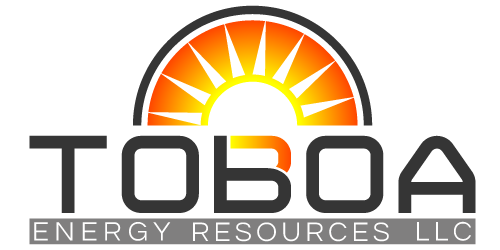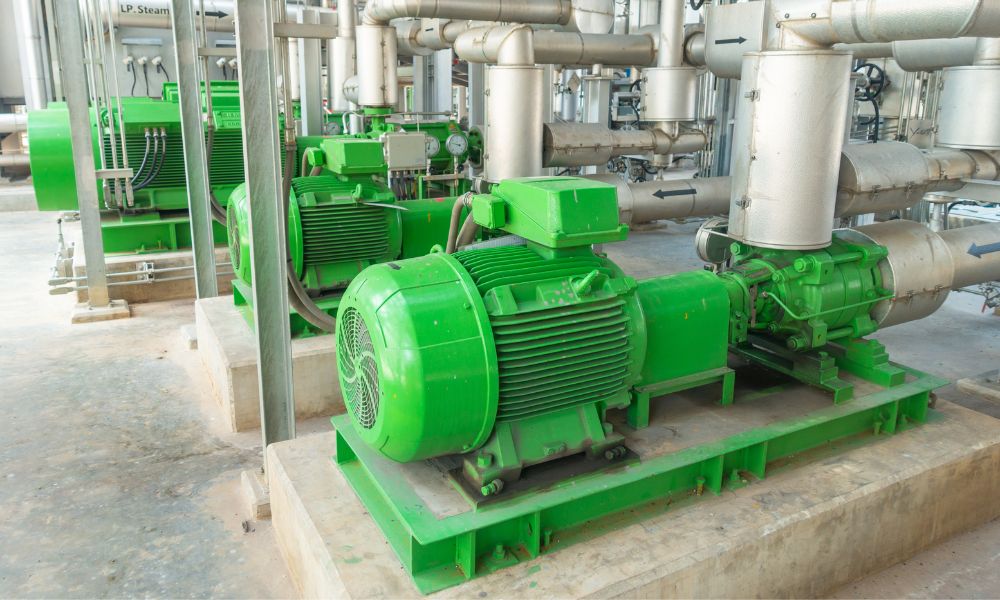Power generation supports the infrastructure of modern societies. This complex process involves converting various forms of energy into electricity, which powers everything from homes to industries and more. Read on and discover the key things to know about power generation and generators.
How Power Generation Works: Mechanical to Electrical Conversion
Converting mechanical energy into electrical energy is at the heart of power generation. Generators operate on the principle of electromagnetic induction. A generator converts the mechanical energy supplied to it (often an engine driving an alternator) into electrical energy by rotating a coil within a magnetic field and inducing a flow of electrons. The electricity generated moves through power lines to be distributed for residential and commercial applications.
Standby, Continuous, and Prime Power Generation
Standby, continuous, and prime power generation serve distinct roles within the broader power generation spectrum. As the name suggests, standby power generation is designed for emergency or backup use when the main power supply fails. These generators kick in almost instantly to provide electricity during unexpected outages, ensuring essential services and systems remain operational in homes, hospitals, and businesses.
Contrastingly, continuous and prime power generators are built for the long haul. Continuous power generators supply a steady stream of electricity without interruption in locations without access to a central power grid or where consistent energy is necessary. These units run 24/7, often in remote areas or critical applications such as data centers. Prime power generators are often the primary power sources in places without grid access or during extended periods of heavy load that grid power cannot support. Unlike continuous generators, they operate continuously with variable loads but have the flexibility for occasional downtime.
Ideal Power Generator Applications
Choosing the right power generator depends on several factors, including the anticipated usage scenario, power requirements, and portability needs. For instance, construction sites and outdoor events benefit from portable generators. Hospitals and data centers value reliable power sources above all, so they might opt for large, stationary units capable of delivering emergency power or acting as the primary power source for extended periods. Energy efficiency, fuel type (such as diesel, natural gas, or renewable sources), and environmental impact are crucial considerations when selecting a generator. Understanding these variables ensures the chosen generator aligns with your power generation needs.
The Future of Power Generation
Renewable energy sources, such as solar, wind, and hydroelectric power, are at the forefront of the future of power generation. They offer cleaner, more sustainable alternatives to fossil fuels. Innovations in storage technology, particularly in batteries, are improving the efficiency and reliability of these renewable sources so they meet the demands of modern power consumption. Combining these advancements promises to enhance the sustainability of power generation and increase its adaptability and reliability, which are crucial factors in servicing our growing global energy needs.
These things to know about power generation highlight the versatility and importance of power generation equipment. Understanding these core concepts provides a solid foundation for selecting the ideal solutions for your power needs.

